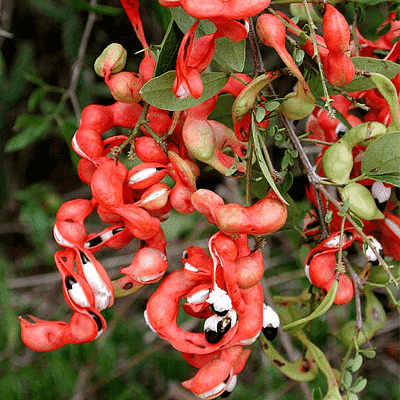
Pithecellobium Dulce, Jungle Jalebi - Plant
(MRP Inclusive of all taxes)
- Shipping ₹79 for entire order
- Dispatch in 7 days
- Country of origin: India

(MRP Inclusive of all taxes)
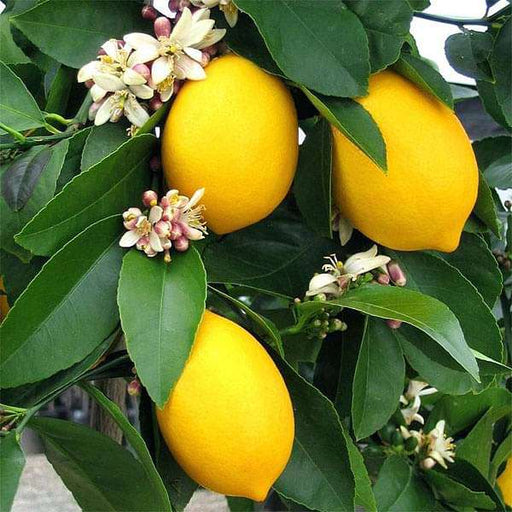 Save 23%
Save 23%
Kagzi Nimboo, Lemon Tree - Plant The Kagzi Nimboo, or Lemon Tree, is a delightful addition to any garden or home. Known for its vibrant ye...
View full details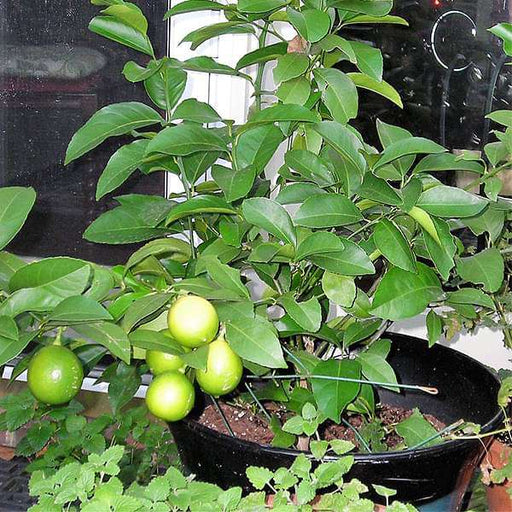 Save 17%
Save 17%
Nimboo, Lemon Tree - Plant The Nimboo, or Lemon Tree, is a delightful addition to any garden or indoor space. Known scientifically as Citr...
View full details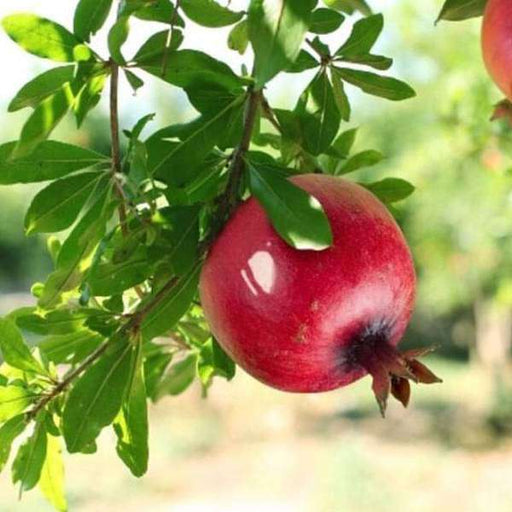
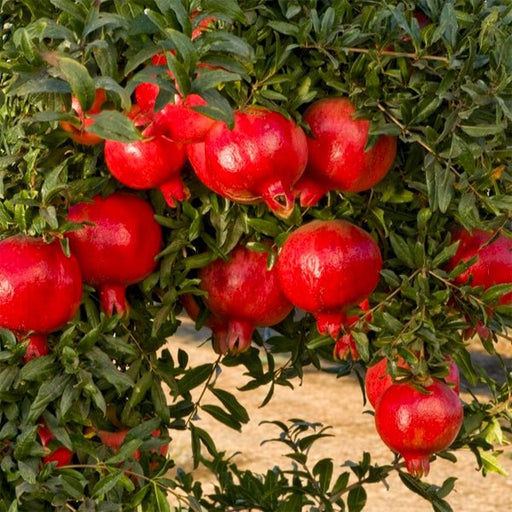 Save 18%
Save 18%
Pomegranate Plant (Punica granatum) The Pomegranate, known scientifically as Punica granatum, is a deciduous shrub or small tree that prod...
View full details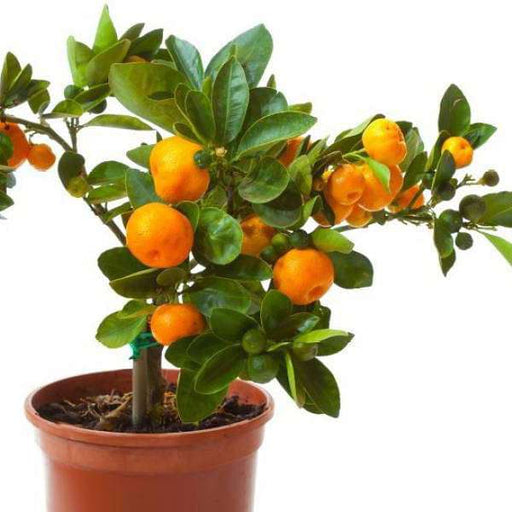 Save 16%
Save 16%
Orange Fruit, Santra - Plant The Orange Fruit, known as Santra in many regions, is a vibrant citrus plant that produces juicy, sweet fruit...
View full details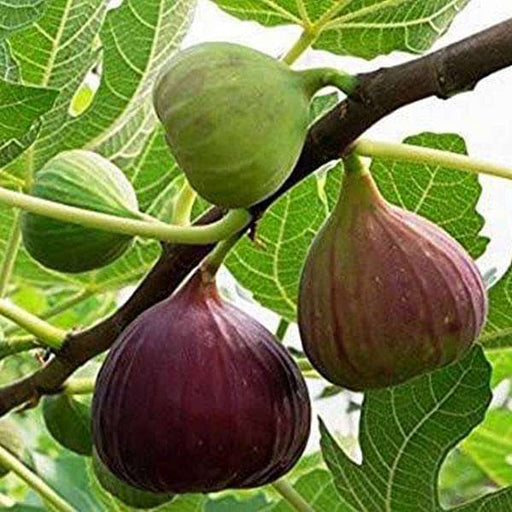 Save 17%
Save 17%
Fig Tree, Anjeer Fruit, Common Fig Fruit - Plant The Fig Tree, scientifically known as *Ficus carica*, is a deciduous tree that produces t...
View full details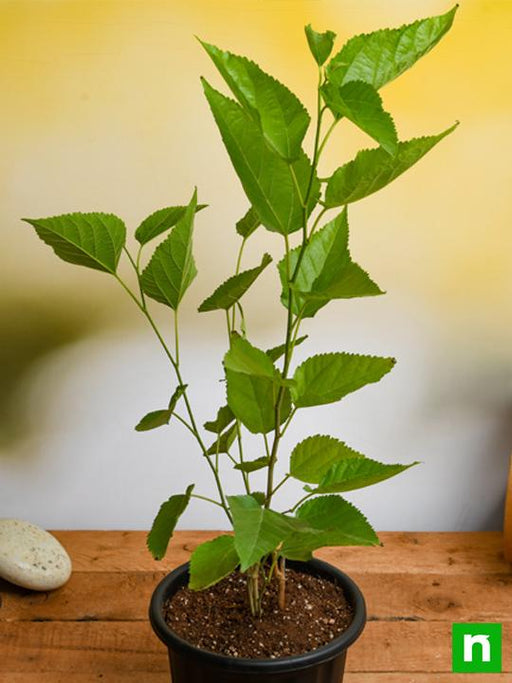
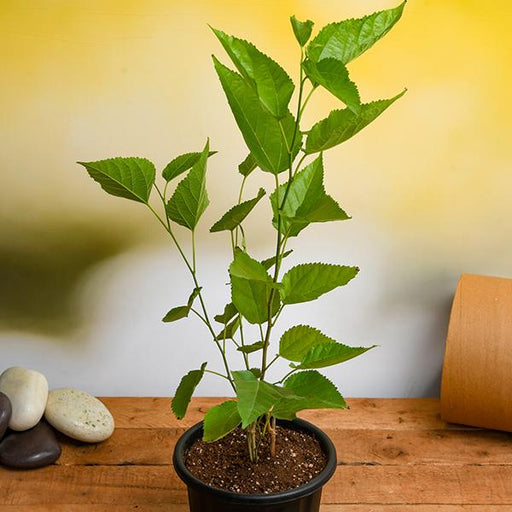 Save 18%
Save 18%
Shahtoot, Mulberry, Tuti (Small Leaves) - Plant The Shahtoot, also known as Mulberry or Tuti, is a remarkable plant celebrated for its sma...
View full details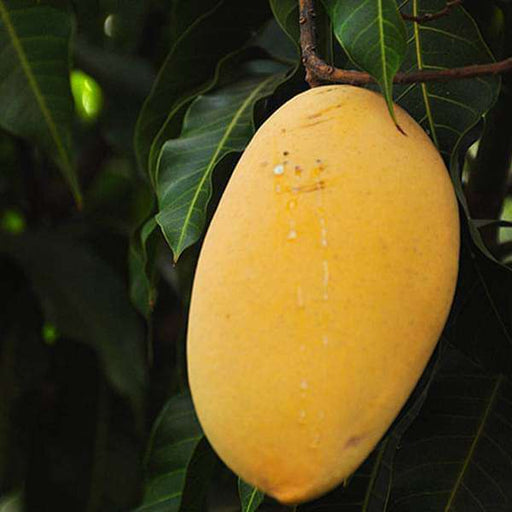 Save 14%
Save 14%
Mango Tree (Alphonso, Grafted) - Plant The Alphonso Mango Tree, scientifically known as *Mangifera indica*, is a prized variety renowned f...
View full details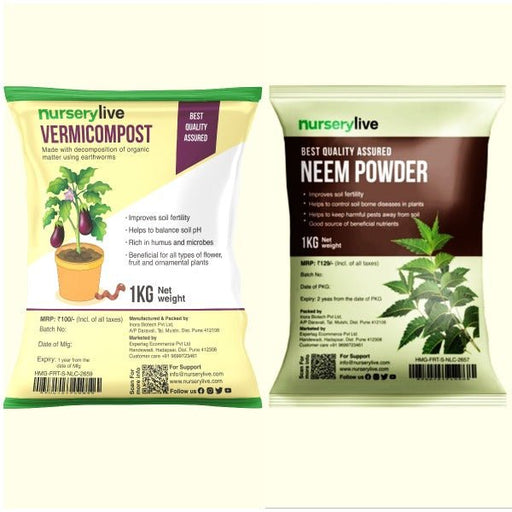 Save 15%
Save 15%
Pack of Vermicompost and Neem Cake for House Plants Transform your indoor garden with our premium Pack of Vermicompost and Neem Cake, spec...
View full details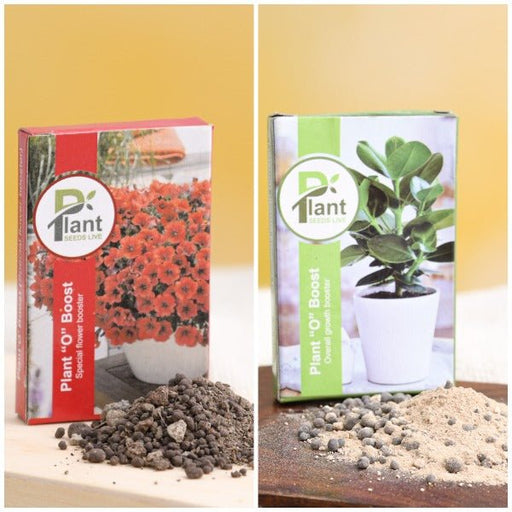
Pack of Plant Growth and Flower Boosters Unlock the full potential of your garden with our Pack of Plant Growth and Flower Boosters! This ...
View full details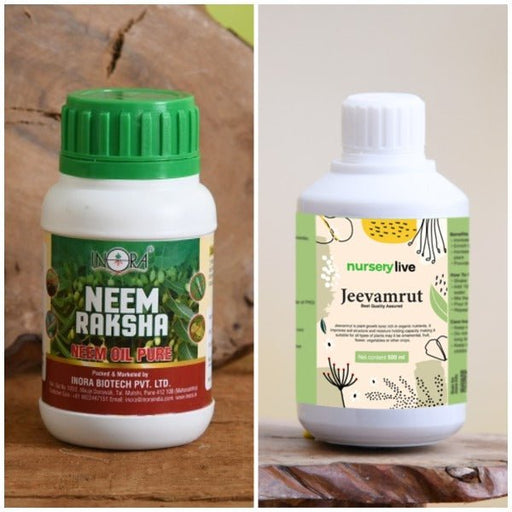 Save 38%
Save 38%
Combo of Jeevamrut and Neem Raksha for Easy Growth and Protection of Houseplants Transform your indoor garden with our exclusive combo of ...
View full details Save 22%
Save 22%
Plant Nutrients Kit (Pack of 16) for a Healthy Garden Transform your garden into a lush paradise with our Plant Nutrients Kit, featuring 1...
View full details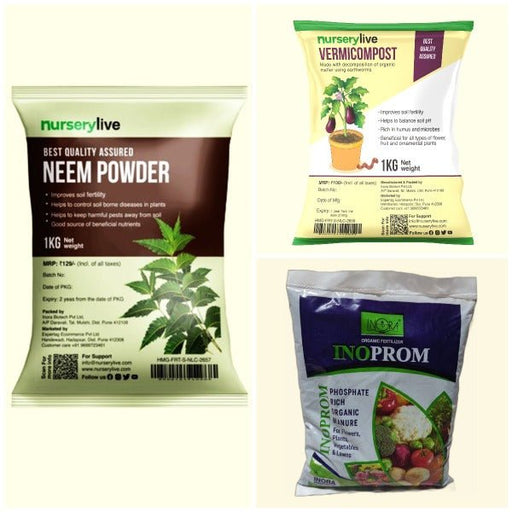 Save 16%
Save 16%
Combo of Top Plant Fertilizers Elevate your gardening game with our exclusive Combo of Top Plant Fertilizers, featuring two bags of premiu...
View full details Save 24%
Save 24%
Pack of 4 Additives to Make Soil Healthy and Nutrient Rich Transform your garden into a thriving ecosystem with our Pack of 4 Additives de...
View full details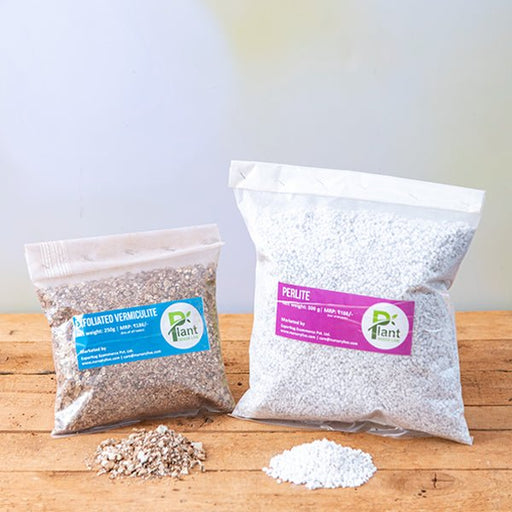 Save 30%
Save 30%
Transform your gardening experience with our premium Combo of Perlite and Vermiculite. This unique blend is designed to enhance soil aeration and ...
View full details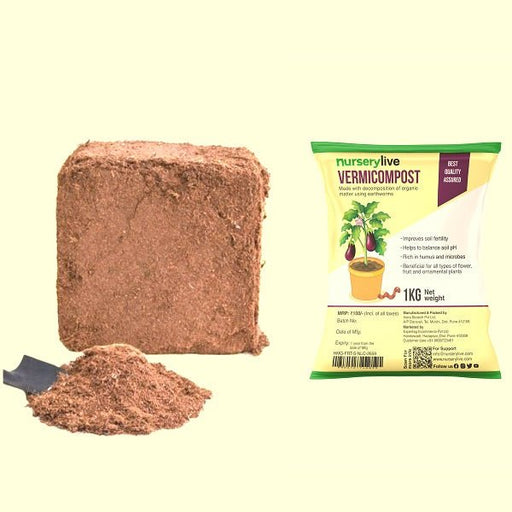 Save 27%
Save 27%
Combo of 2 Vermicompost and Cocopeat - Enrich Your Soil Naturally! Transform your garden into a thriving ecosystem with our Combo of 2 Ver...
View full details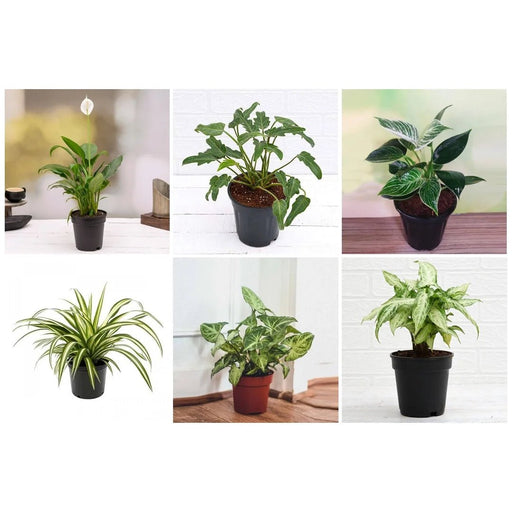
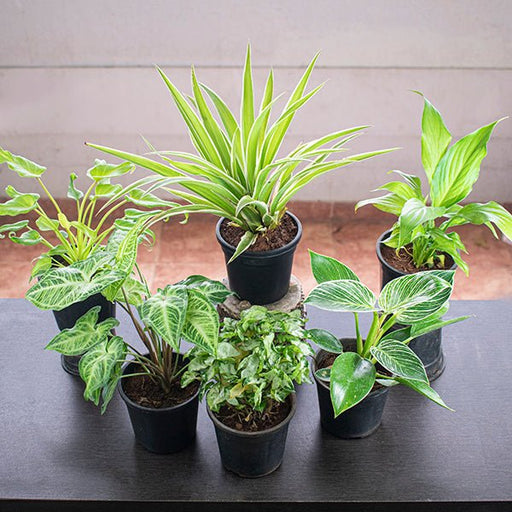 Save 35%
Save 35%
Best 6 Plants for Perfect Indoor Garden Transform your living space into a lush oasis with our curated collection of the Best 6 Plants for a...
View full details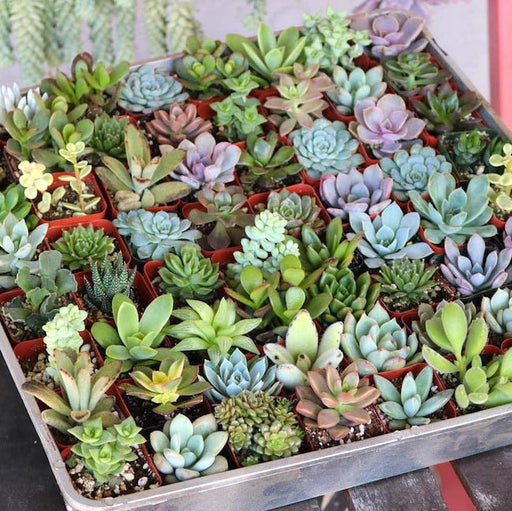
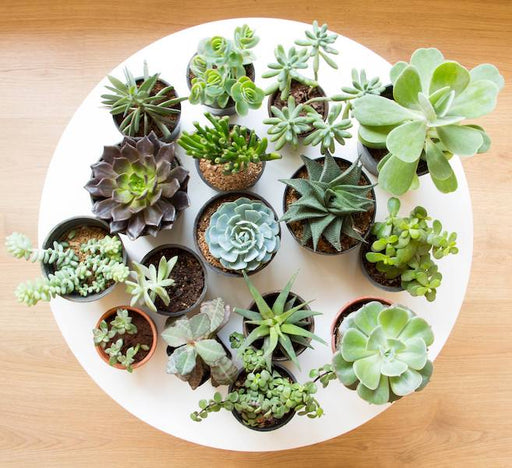 Save up to 50%
Save up to 50%
Mini Succulent Garden Pack Transform your space with our Mini Succulent Garden Pack, featuring a delightful collection of 4 any variety beautiful s...
View full details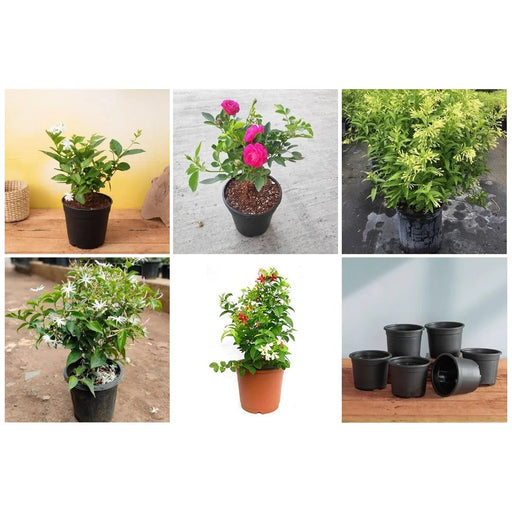
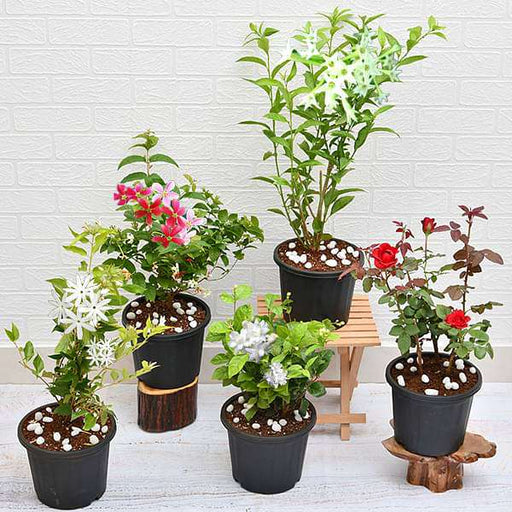 Save 30%
Save 30%
5 Best Fragrant Plants Transform your garden or indoor space into a fragrant paradise with our curated selection of the 5 Best Fragrant Plants. Th...
View full details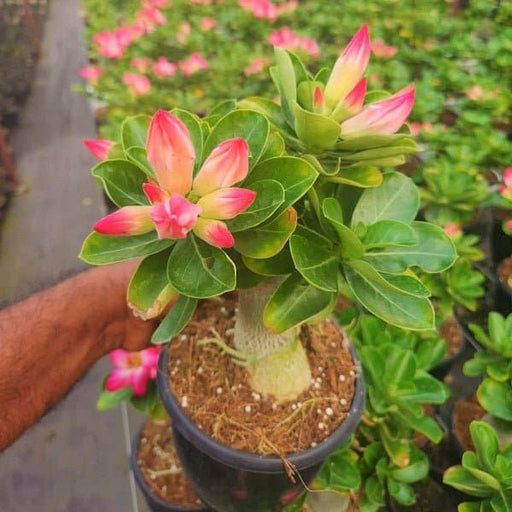
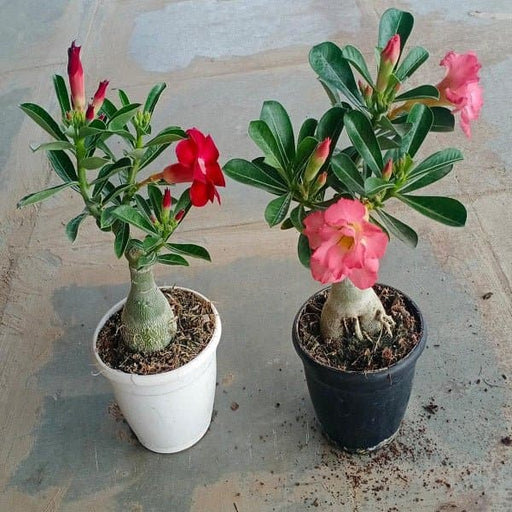 Save 24%
Save 24%
Set of 2 Bonsai Looking Grafted Adeniums Transform your indoor or outdoor space with our exquisite Set of 2 Bonsai Looking Grafted Adenium...
View full details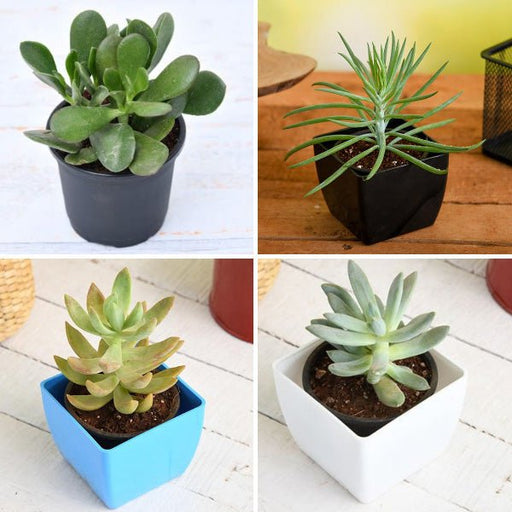 Save 45%
Save 45%
Top 4 Die Hard Succulents Pack Transform your indoor or outdoor space with our Top 4 Die Hard Succulents Pack, featuring a curated selecti...
View full details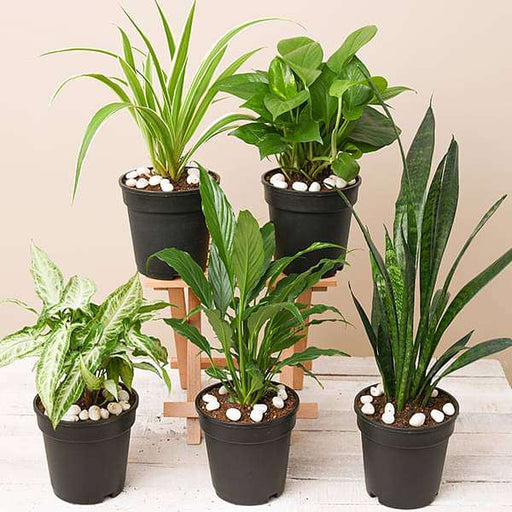
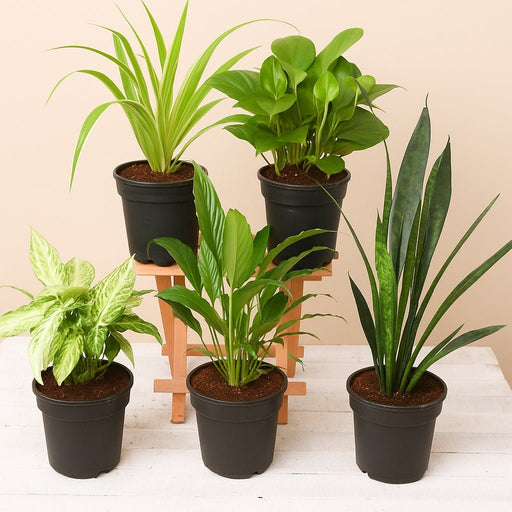 Save 30%
Save 30%
5 Best Indoor Plants Pack Transform your living space into a lush oasis with our '5 Best Indoor Plants Pack.' This carefully curated collection fe...
View full details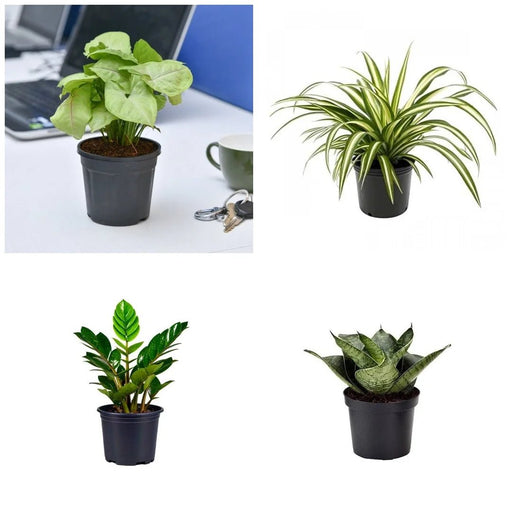
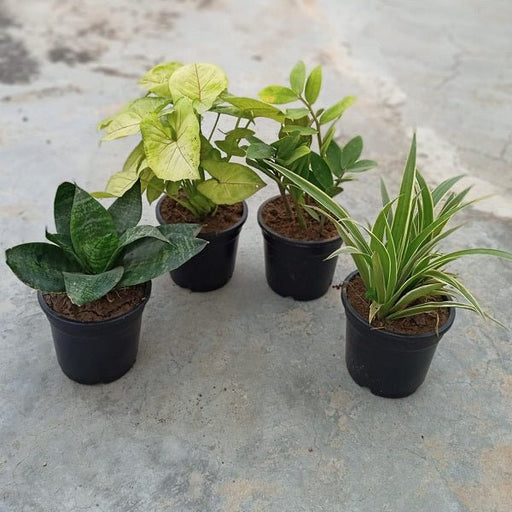 Save 25%
Save 25%
Set of 4 Evergreen Air Purifier Plant Pack Transform your indoor space into a lush, green oasis with our Set of 4 Evergreen Air Purifier Pla...
View full details| SrNo | Item Name | Qty |
|---|---|---|
| 2 | Pithecellobium Dulce, Jungle Jalebi Plant | 1 |
The Pithecellobium Dulce, commonly known as Jungle Jalebi, is a tropical tree native to Central and South America. This unique plant is celebrated for its sweet, edible pods that resemble the popular Indian dessert, jalebi. With its lush green foliage and striking yellow flowers, the Jungle Jalebi not only adds beauty to your garden but also attracts various pollinators, making it an excellent choice for eco-friendly landscaping.
What makes the Jungle Jalebi special is its dual purpose: it serves as both an ornamental plant and a source of delicious, nutritious pods. The pods are rich in carbohydrates and can be consumed fresh or used in various culinary dishes. Additionally, this plant is known for its ability to improve soil quality, making it a sustainable choice for gardeners looking to enhance their environment.
One of the standout features of the Pithecellobium Dulce is its fast growth rate and resilience in diverse climates. This hardy plant can thrive in poor soil conditions and is drought-tolerant once established, making it an ideal choice for sustainable gardening practices.
The Pithecellobium Dulce plays a significant role in improving soil health through nitrogen fixation, which enriches the soil and supports other plant life. Its ability to thrive in poor soil conditions makes it a valuable addition to reforestation and land restoration projects.
Also known as Jungle Jalebi, this tropical tree is like the cool kid in the plant world. With its sweet, edible pods and lush foliage, it’s the perfect addition to any garden looking to impress. Imagine a tree that not only looks good but also offers a snack!
This tree isn’t just a pretty face; it’s packed with benefits. From improving soil quality to providing shade, it’s like the Swiss Army knife of the plant kingdom. Plus, its pods are a hit with both humans and wildlife, making it a social butterfly in the garden.
Ready to roll up your sleeves? Growing Jungle Jalebi is easier than pie. Just plant it in well-drained soil, give it some sunlight, and watch it thrive. It’s like having a pet that doesn’t need walking—just a little love and attention.
Caring for this tree is a breeze. It’s drought-tolerant and doesn’t demand much fuss. Just think of it as the low-maintenance friend who always shows up to the party—no drama, just good vibes.
The uses of Jungle Jalebi are as diverse as its fans. From culinary delights to traditional medicine, this tree has a little something for everyone. Who knew a tree could be so multi-talented?
This tree thrives in tropical and subtropical climates, making it the ultimate sun-seeker. It loves warm weather and can often be found flaunting its stuff in parks and gardens. Talk about a tree that knows how to live!
The pods of the Jungle Jalebi are the real stars of the show. Sweet and edible, they can be enjoyed fresh or cooked. It’s like nature’s candy, just waiting to be harvested. Who needs a candy store when you have this tree?
Want to spread the love? Propagating Jungle Jalebi is as easy as pie. Just take some seeds, plant them, and watch your garden transform into a tropical paradise. It’s the gift that keeps on giving!
This tree can grow up to 30 feet tall, making it a towering presence in any landscape. It’s like the gentle giant of the garden, providing shade and beauty without being overbearing.
This tree is not picky about its soil. Whether sandy, loamy, or clay, it adapts like a chameleon. Just ensure it’s well-drained, and you’re good to go. It’s the easy-going friend we all need.
Incorporating Jungle Jalebi into your landscaping is a no-brainer. Its unique appearance and sweet pods make it a conversation starter. Plus, it attracts wildlife, turning your garden into a bustling ecosystem.
This tree is a wildlife magnet! Birds, insects, and even small mammals love it. By planting Jungle Jalebi, you’re not just beautifying your space; you’re creating a thriving habitat. It’s like throwing a party for nature!
Pithecellobium Dulce, commonly known as Jungle Jalebi, is a tropical tree that produces sweet, edible pods. It’s like nature’s candy store, offering a delightful treat for both humans and wildlife. With its lush foliage and unique appearance, it’s a favorite among gardeners looking to add a touch of the exotic to their landscape.
Growing Jungle Jalebi is as easy as pie—if pie were a tropical tree! Plant it in well-drained soil with plenty of sunlight, and watch it thrive. Water it regularly, but don’t drown it; this isn’t a swimming pool party. With a little patience, you’ll have a stunning tree that’s the envy of your neighbors.
Jungle Jalebi isn’t just a pretty face; it’s packed with benefits! The pods are edible and can be used in various dishes, while the tree itself provides shade and attracts wildlife. Plus, it’s a nitrogen-fixing plant, which means it’s like a little eco-warrior, improving soil health while looking fabulous in your garden.
Fear not, plant lovers! Jungle Jalebi is not considered invasive in most regions. It’s more of a charming guest than an uninvited pest. However, always check local guidelines, as it can be a bit of a party crasher in some areas. Keep it in check, and it’ll be a delightful addition to your garden.
Jungle Jalebi can reach heights of up to 30 feet, making it a towering beauty in your garden. It’s like the gentle giant of the plant world, providing shade and a stunning focal point. Just make sure you have enough space for this leafy skyscraper, or it might start peeking into your neighbor’s yard!
Jungle Jalebi is not picky about soil, but it thrives in well-drained, sandy or loamy types. Think of it as the Goldilocks of plants—too wet or too compact, and it won’t be happy. A little organic matter mixed in will make it feel right at home, ready to grow and spread its leafy charm.
Water your Jungle Jalebi regularly, especially during dry spells, but don’t turn it into a swamp! A good rule of thumb is to let the top inch of soil dry out before watering again. It’s all about balance—like a tightrope walker, it needs just the right amount of moisture to thrive without toppling over.
Absolutely! The pods of Jungle Jalebi are edible and taste sweet, making them a delightful snack. You can eat them raw, toss them in salads, or even use them in desserts. Just remember, moderation is key—too many sweet treats can lead to a sugar rush that even the most adventurous among us might regret!
While Jungle Jalebi prefers to stretch its roots in the ground, it can be grown in a large container if you’re feeling adventurous. Just ensure the pot is big enough to accommodate its growth and has good drainage. It’s like giving your plant a cozy apartment—just make sure it doesn’t outgrow its space!
Jungle Jalebi typically blooms in the summer, showcasing fluffy, white to yellow flowers that are a feast for the eyes and pollinators alike. It’s like a summer party in your garden, attracting bees and butterflies. Just sit back, relax, and enjoy the floral show while sipping your favorite drink!
Pruning Jungle Jalebi is like giving it a stylish haircut—just don’t go overboard! Trim back any dead or crossing branches to promote healthy growth and shape the tree. The best time to prune is during the dry season, ensuring your tree looks fabulous while maintaining its natural beauty. Remember, less is more!
Yes, Jungle Jalebi is quite the drought-tolerant superstar! Once established, it can withstand dry spells like a champ. However, it still appreciates a good drink during prolonged droughts. Think of it as a plant that enjoys a spa day now and then—just don’t forget to pamper it with some water when needed!